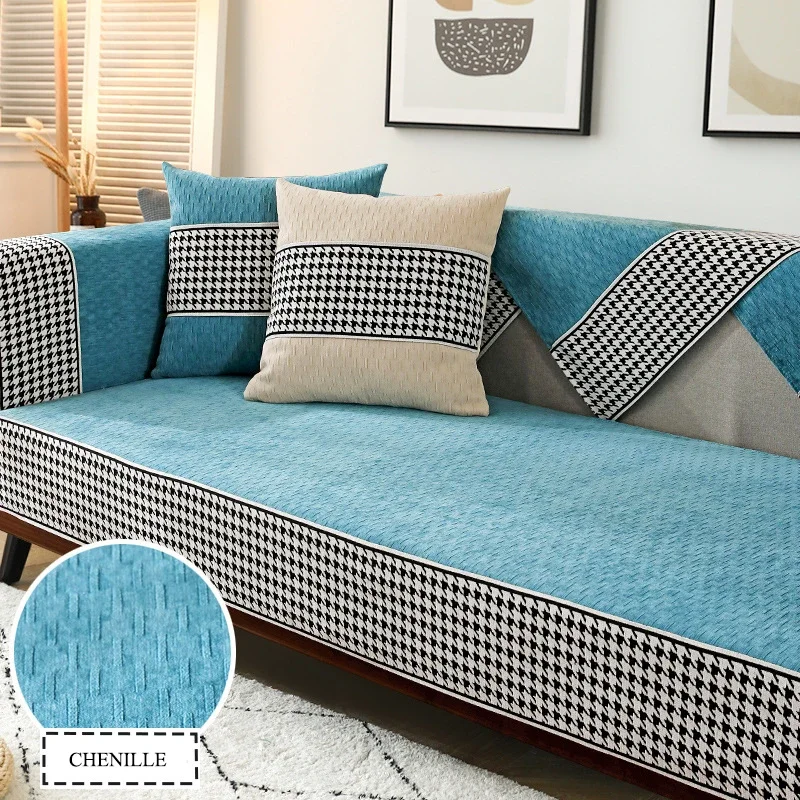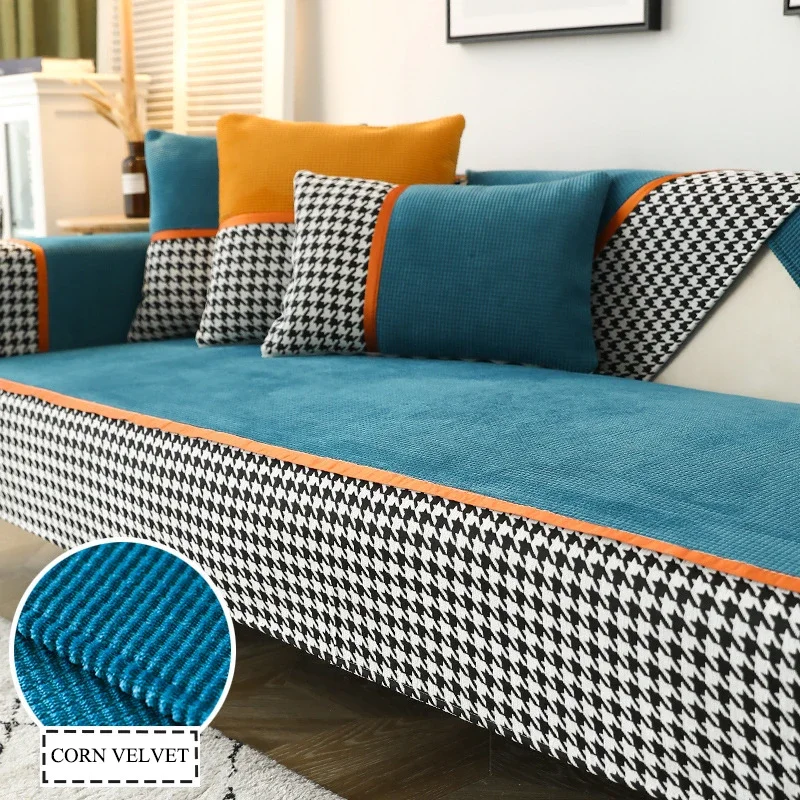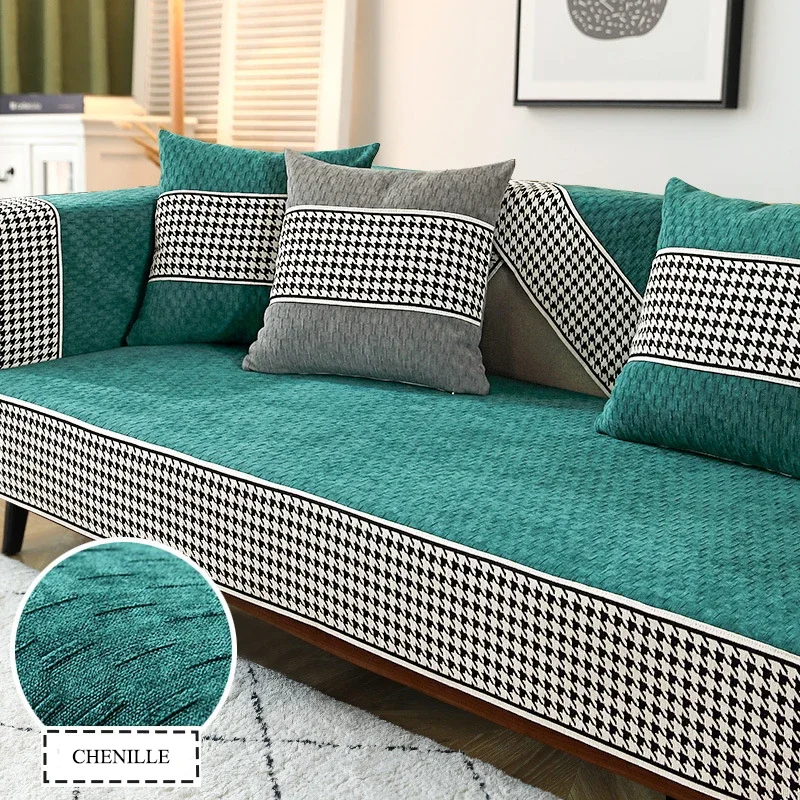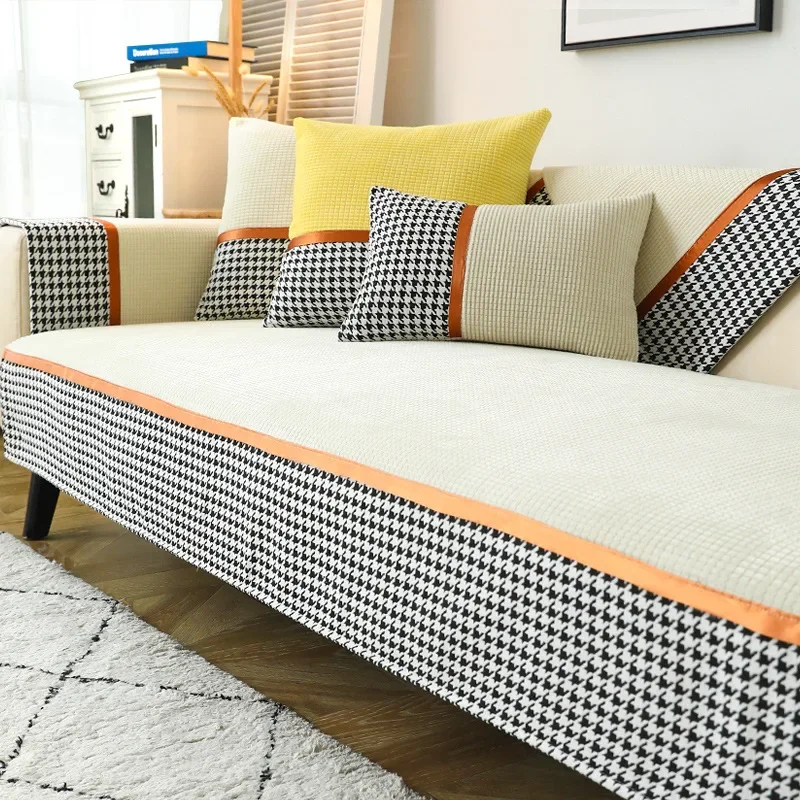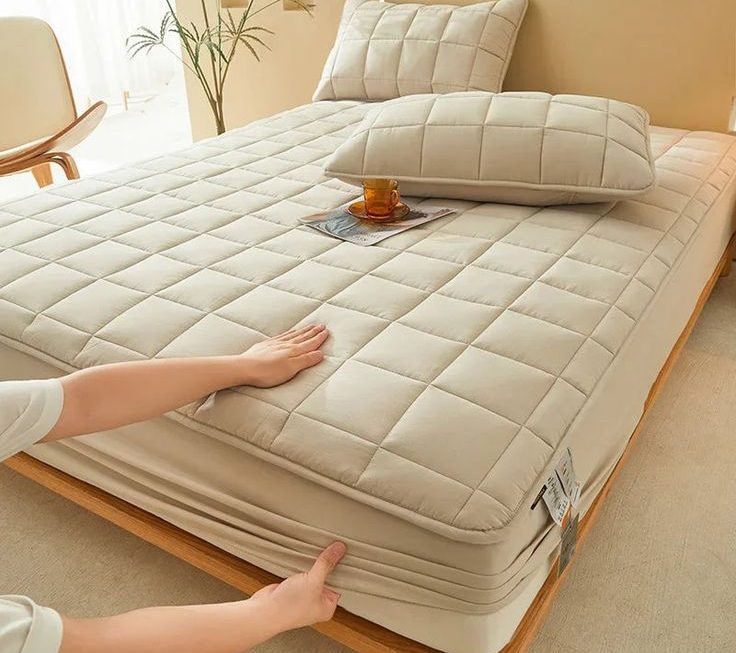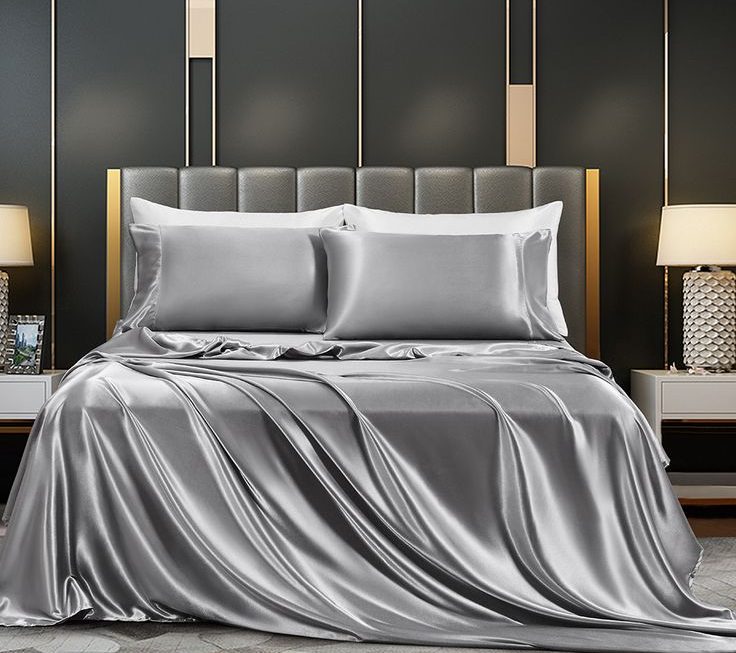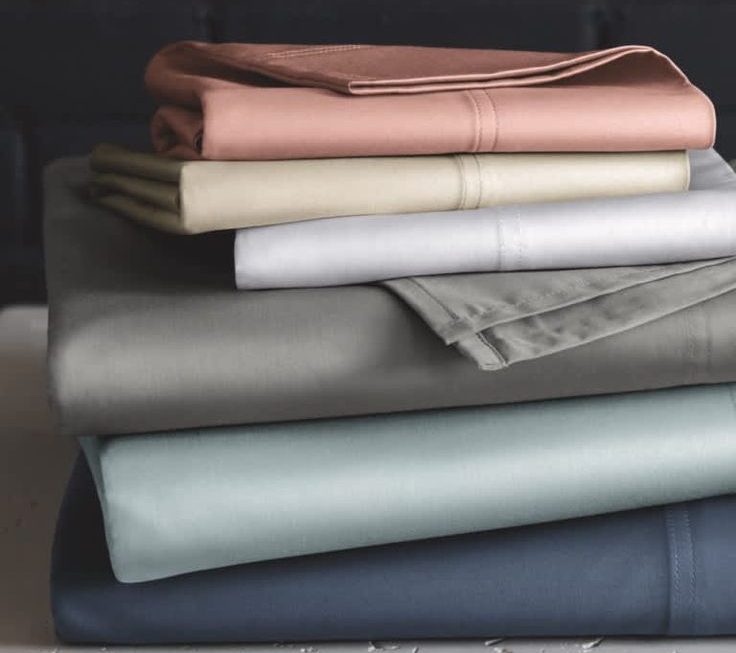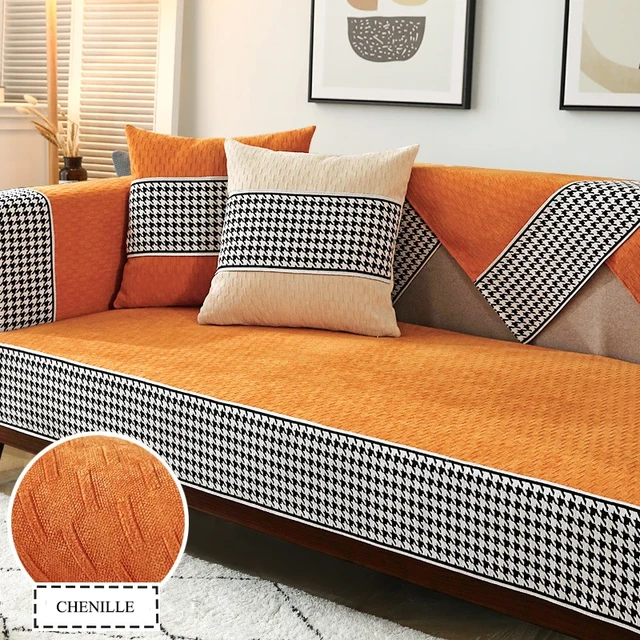 Introduction:
Introduction:
Over time, couch cushions can lose their firmness and support, resulting in an uncomfortable seating experience. However, there are several simple and effective methods to make couch cushions firmer and restore their original shape and resilience. In this comprehensive guide, we will explore various techniques and tips to help you achieve firmer couch cushions, ensuring a comfortable and supportive seating area in your home.
Materials, types, and styles:
Couch cushions come in a variety of materials, types, and styles to suit different preferences and provide comfort and support. Here are some common materials, types, and styles used in couch cushions:
Materials Used in Couch Cushions:
Foam: Foam is a popular material used in couch cushions due to its ability to provide support and shape retention. It comes in various densities and firmness levels to cater to different comfort preferences.
Feather and Down: Feather and down cushions offer a luxurious and soft seating experience. They provide a plush and cozy feel but may require occasional fluffing to maintain their shape.
Polyester Fiberfill: Polyester fiberfill is a synthetic material commonly used for couch cushions. It is lightweight, hypoallergenic, and offers medium firmness and comfort.
Foam and Fiber Blend: Some couch cushions combine foam and fiberfill to provide a balance of support and softness. This combination allows for comfort while maintaining shape and resilience.
Types of Couch Cushions:
Seat Cushions: Seat cushions provide comfort and support for the seating area of the couch. They come in various sizes and thicknesses to fit different couch styles.
Back Cushions: Back cushions offer support and comfort for the backrest of the couch. They can be attached or loose, depending on the couch design.
Throw Pillows: Throw pillows are decorative cushions that enhance the aesthetics of the couch. They come in various shapes, sizes, and designs, adding style and personality to the overall look of the couch.
Styles of Couch Cushions:
Box Cushions: Box cushions have a squared-off shape and a neat appearance. They are commonly used in modern and contemporary couch designs.
T-Cushions: T-cushions have a curved or rounded front edge, creating a “T” shape when viewed from the side. This style provides a softer and more casual look.
Knife-Edge Cushions: Knife-edge cushions have a clean, straight seam along the edges. They offer a tailored and streamlined appearance.
Tufted Cushions: Tufted cushions feature buttons or stitches that create a tufted or quilted appearance. This style adds texture and a classic touch to couch cushions.
Piped Cushions: Piped cushions have a decorative piping or welt cord around the edges, providing a tailored and finished look. This style adds a touch of sophistication to couch cushions.
It’s important to consider personal preferences, comfort, and the overall style of the couch when choosing couch cushions. It’s advisable to check with retailers or manufacturers for specific information on the available materials, types, and styles for couch cushions.
Rotate and Flip the Cushions:
Regular Rotation: Rotate the cushions regularly to distribute the wear and pressure evenly. This prevents specific areas from becoming excessively compressed and helps maintain their overall shape and support.
Flipping the Cushions: In addition to rotation, flipping the cushions can also help restore their firmness. Turn the cushions over so that the side that was previously on the bottom is now on top. This allows for even compression and prevents uneven sagging.
Add Supportive Layers:
Plywood Boards: Place a piece of plywood or a sturdy board under the cushions to provide additional support. Cut the board to match the size of the cushion and place it on the seating area of the couch. This helps distribute weight evenly and prevents excessive sinking.
Fiberfill or Batting: Add a layer of fiberfill or batting on top of the existing cushion material to provide extra loft and support. This can be done by removing the cushion cover, placing the additional material on top, and then reattaching the cover.
Replace the Cushion Filling:
Foam Replacement: If the existing cushion foam is worn out or has lost its firmness, replacing it with new foam can significantly improve the cushion’s support and comfort. Measure the dimensions of the cushion and purchase high-density foam that matches the size and desired firmness level.
Add Extra Foam: If the existing foam is still in good condition but lacks firmness, you can add an additional layer or piece of high-density foam on top. This provides extra support and helps restore the cushion’s shape and resilience.
Tighten Loose Springs or Webbing:
Spring Replacement: If your couch cushions have springs that have become loose or worn out, replacing them can help restore firmness. Consult a professional upholsterer or handyman to assess the condition of the springs and determine if replacement is necessary.
Webbing Adjustment: If your couch cushions have webbing beneath them, check if the webbing has become loose or stretched over time. Tightening or replacing the webbing can improve the overall support and firmness of the cushions.
Consider Cushion Inserts:
Foam Inserts: Cushion inserts, such as foam inserts or cushion enhancers, are specifically designed to add firmness and support to existing cushions. These inserts can be placed beneath or on top of the cushion to provide additional lift and resilience.
Coil Springs: Another option is to use coil spring inserts, which can be inserted underneath the cushion to provide extra support. These spring inserts help distribute weight evenly and prevent excessive sinking.
Professional Upholstery Assistance:
Consult an Upholsterer: If your couch cushions are severely worn out or require extensive repair, seeking the assistance of a professional upholstery service is recommended. They have the expertise and tools to assess the condition of the cushions and provide appropriate solutions, such as replacing the filling or repairing the springs.
Conclusion:
By following these simple techniques and tips, you can make your couch cushions firmer and restore their support and comfort. Regularly rotating and flipping the cushions, adding supportive layers, replacing the cushion filling, tightening loose springs or webbing, and considering cushion inserts are all effective methods to achieve firmer couch cushions. If needed, consult a professional upholsterer to assess and address any significant damage or wear. With a little effort and attention, you can bring new life to your couch cushions and enjoy a comfortable and supportive seating area in your home.
